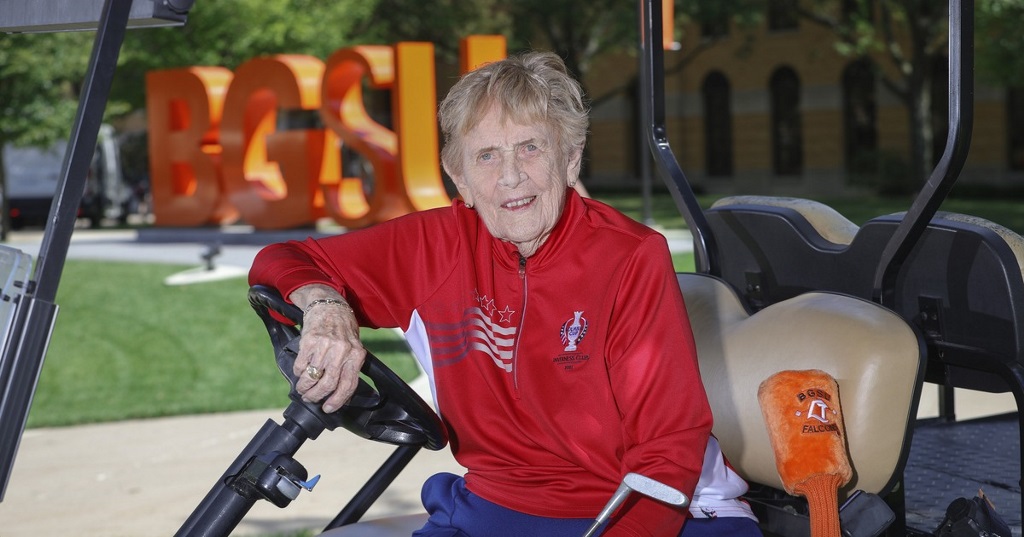The following leaders have been elected to be on the Chapter's Board of Directors for 2025-2026:
Kim Zakar, president
Dori Smith, treasurer
Laurie Briggs, membership chair
Jenn Sison, golf events chair
Elise King Thomas, education chair
Theresa Miller Daniels, communications chair

